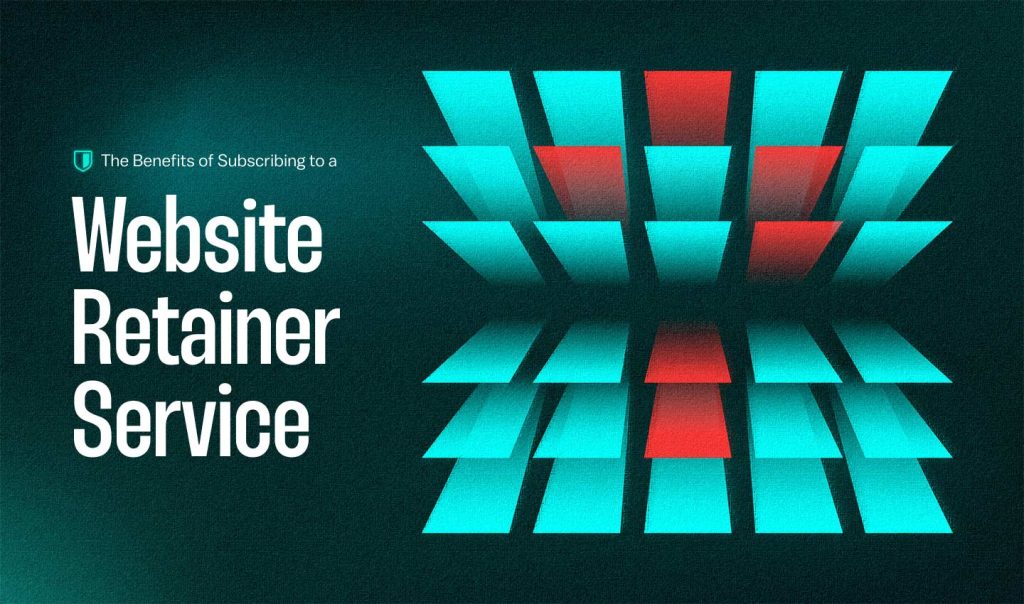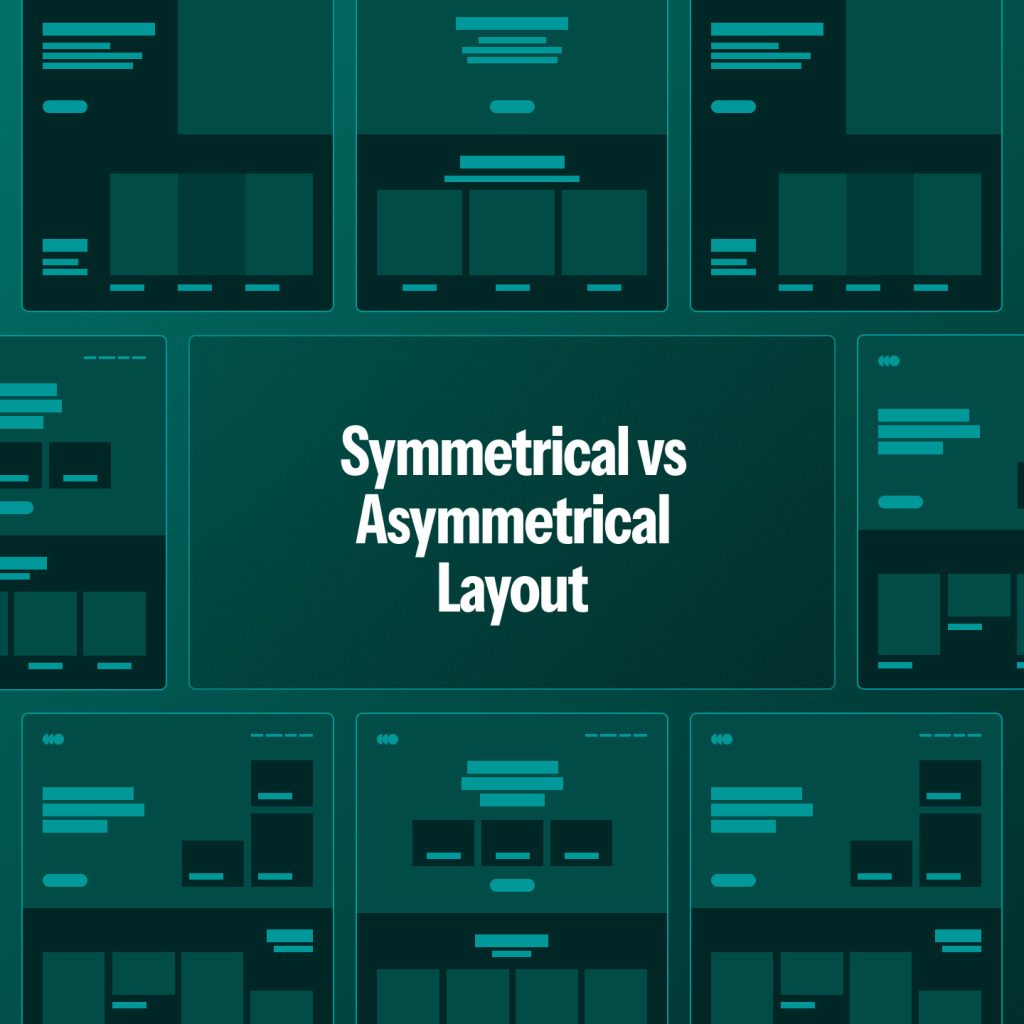As the digital age continues to evolve, web design has become a critical factor in building a successful online presence. A well-designed website can lead to increased traffic, better user engagement, and ultimately, more sales. Visual hierarchy is a fundamental aspect of web design that plays a significant role in creating an effective website. In this article, we will discuss the importance of visual hierarchy in web design, and how it can help improve user experience and drive conversions.
What is Visual Hierarchy?
Visual hierarchy refers to the arrangement of design elements in a way that guides the user’s attention to the most important information on the page. This includes the use of typography, color, and layout to create a clear and intuitive hierarchy of content. By establishing a visual hierarchy, designers can ensure that users can quickly and easily navigate through a website, finding the information they need without becoming overwhelmed or confused.
Typography
Typography is an essential aspect of visual hierarchy in web design. It involves choosing the right fonts, sizes, and styles to make content easy to read and visually appealing. By using different font weights and sizes, designers can create a visual hierarchy that directs the user’s attention to the most important content on the page.
Color
Color is another crucial element in creating a visual hierarchy. Different colors can evoke different emotions and have different effects on user behavior. By using a consistent color scheme, designers can create a visual hierarchy that draws attention to the most critical elements of the page, such as calls to action or important information.
Layout
The layout of a website is also an important aspect of visual hierarchy. By organizing content in a logical and intuitive way, designers can guide users through the website, ensuring that they find the information they need without becoming overwhelmed. The use of white space, grids, and columns can help to create a sense of balance and harmony on the page, making it easier for users to navigate and find what they’re looking for.
Benefits of Visual Hierarchy in Web Design
Now that we understand what visual hierarchy is, let’s take a look at some of the benefits it can offer in web design.
Improved User Experience
One of the primary benefits of visual hierarchy in web design is improved user experience. By creating a clear and intuitive hierarchy of content, designers can make it easy for users to find the information they need quickly and efficiently. This, in turn, can lead to increased engagement, lower bounce rates, and ultimately, more conversions.
Increased Conversion Rates
Visual hierarchy can also help to increase conversion rates by directing the user’s attention to the most critical elements on the page, such as calls to action or product information. By making these elements stand out, designers can encourage users to take the desired action, whether that’s making a purchase, filling out a form, or signing up for a newsletter.
Brand Recognition
Visual hierarchy can also play a role in building brand recognition. By using a consistent color scheme, typography, and layout, designers can create a distinctive look and feel for a website that reflects the brand’s identity. This can help to reinforce brand recognition, making it easier for users to identify and remember a company or product.
Best Practices for Creating Visual Hierarchy in Web Design
Now that we understand the benefits of visual hierarchy, let’s take a look at some best practices for creating an effective hierarchy in web design.
Establish a Clear Hierarchy
The first step in creating a visual hierarchy is to establish a clear order of importance for the content on the page. This can be achieved through the use of typography, color, and layout, as discussed earlier. By making sure that the most important content stands out, designers can ensure that users can quickly and easily find what they’re looking for.
Use Consistent Design Elements
Consistency is key in web design, and this applies to visual hierarchy as well. By using consistent design elements, such as fonts, colors, and layouts, designers can create a cohesive and unified look and feel for the website. This not only makes the website easier to navigate but also helps to reinforce brand recognition.
Balance Visual Elements
It’s important to balance visual elements on the page to create a sense of harmony and avoid overwhelming the user. The use of white space can be effective in creating balance, as can the use of grids and columns to organize content.
Use Contrast Effectively
Contrast can be a powerful tool in creating a visual hierarchy. By using contrasting colors or font sizes, designers can draw attention to the most important elements on the page. However, it’s important to use contrast sparingly and avoid overdoing it, as this can lead to a cluttered and confusing design.
Consider Mobile Optimization
With the increasing use of mobile devices, it’s essential to consider how visual hierarchy translates to smaller screens. Designers should consider how the hierarchy of content may shift on a mobile device and ensure that the most critical information remains easy to find and navigate.
Conclusion
Visual hierarchy is a crucial aspect of web design that plays a significant role in creating a successful online presence. By using typography, color, and layout to create a clear and intuitive hierarchy of content, designers can improve user experience, increase conversions, and build brand recognition. By following best practices, such as establishing a clear hierarchy, using consistent design elements, balancing visual elements, and considering mobile optimization, designers can create effective visual hierarchies that lead to a successful website.


